Heat Exchanger Fouling : Causes and Prevention
Heat Exchanger Fouling : Causes and Prevention
Heat exchanger fouling alludes to the aggregation of undesirable stores on the heat exchange surfaces, which can essentially reduce heat transfer productivity and increment energy consumption. Understanding the causes of fouling and executing successful avoidance strategies are fundamental for maintaining optimal heat exchanger execution. Heat Exchanger Fouling : Causes and Prevention, Here’s a closer see at the causes of heat exchanger fouling and techniques to prevent it:
1) Causes of Fouling:
a. Scale Formation: Minerals and salts show within the fluid can accelerate out and frame scale stores on the heat exchange surfaces, diminishing heat transfer effectiveness.
b. Biological Development: Microorganisms such as microscopic organisms, green growth, and fungi can colonize the heat exchange surfaces, shaping biofilms that obstruct heat exchange and promote erosion.
c. Corrosion Products: Corrosion of metal surfaces inside the heat exchanger can create corrosion items that gather and contribute to fouling.
d. Particulate Matter: Suspended solids, soil, debris, and other particulate matter display within the fluid can store on the heat exchange surfaces and cause fouling.
2) Prevention Strategies:
a. Water Treatment: Actualizing appropriate water treatment forms such as filtration, softening, and chemical treatment can help diminish scale formation and minimize fouling.
b. Biocide Treatment: Standard application of biocides can control natural growth and avoid the formation of biofilms inside the heat exchanger.
c. Mechanical Cleaning: Periodic mechanical cleaning utilizing brushes, scrapers, or high-pressure water planes can remove fouling stores and reestablish heat exchanger performance.
d. Surface Coatings: Applying defensive coatings or linings to heat exchange surfaces can help avoid fouling and corrosion, expanding the lifespan of the heat exchanger.
e. Flow Optimization: Optimizing stream conditions inside the heat exchanger, such as expanding stream velocity or turbulent stream, can offer assistance moderate fouling by preventing stagnant zones where deposits can collect.
By understanding the causes of heat exchanger fouling and actualizing suitable prevention strategies, administrators can guarantee ideal heat exchanger execution, minimize energy consumption, and expand equipment lifespan in different industrial applications. Standard monitoring and maintenance are basic to recognize and address fouling issues instantly, protecting heat exchanger efficiency and reliability.
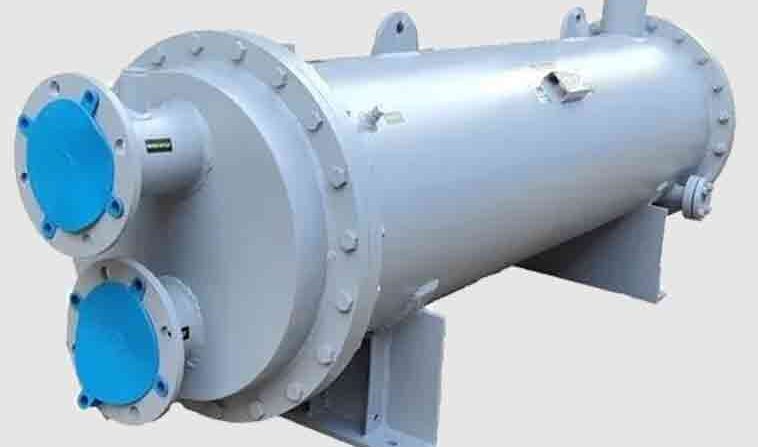


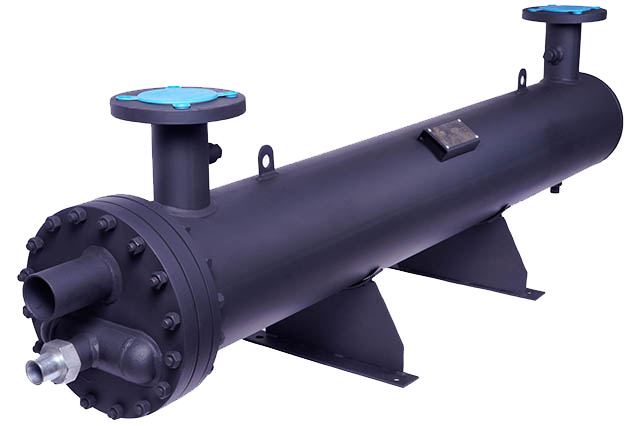
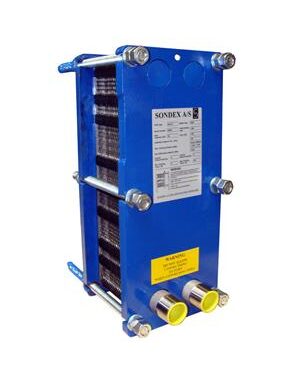
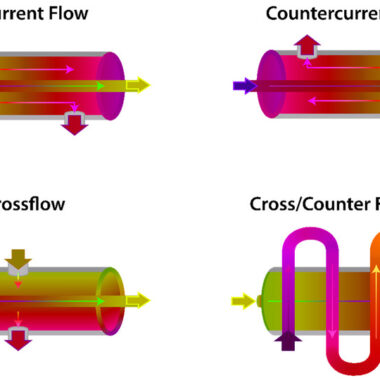
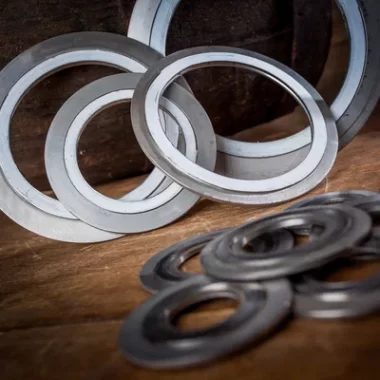
How Heat Exchangers Keep Your Home Air-Conditioned - Cool Fab Equipments April 22, 2024 at 9:01 pm
[…] systems of homes, guaranteeing effective cooling and comfort amid hot weather. Here’s how heat exchangers keep your home air-conditioned […]